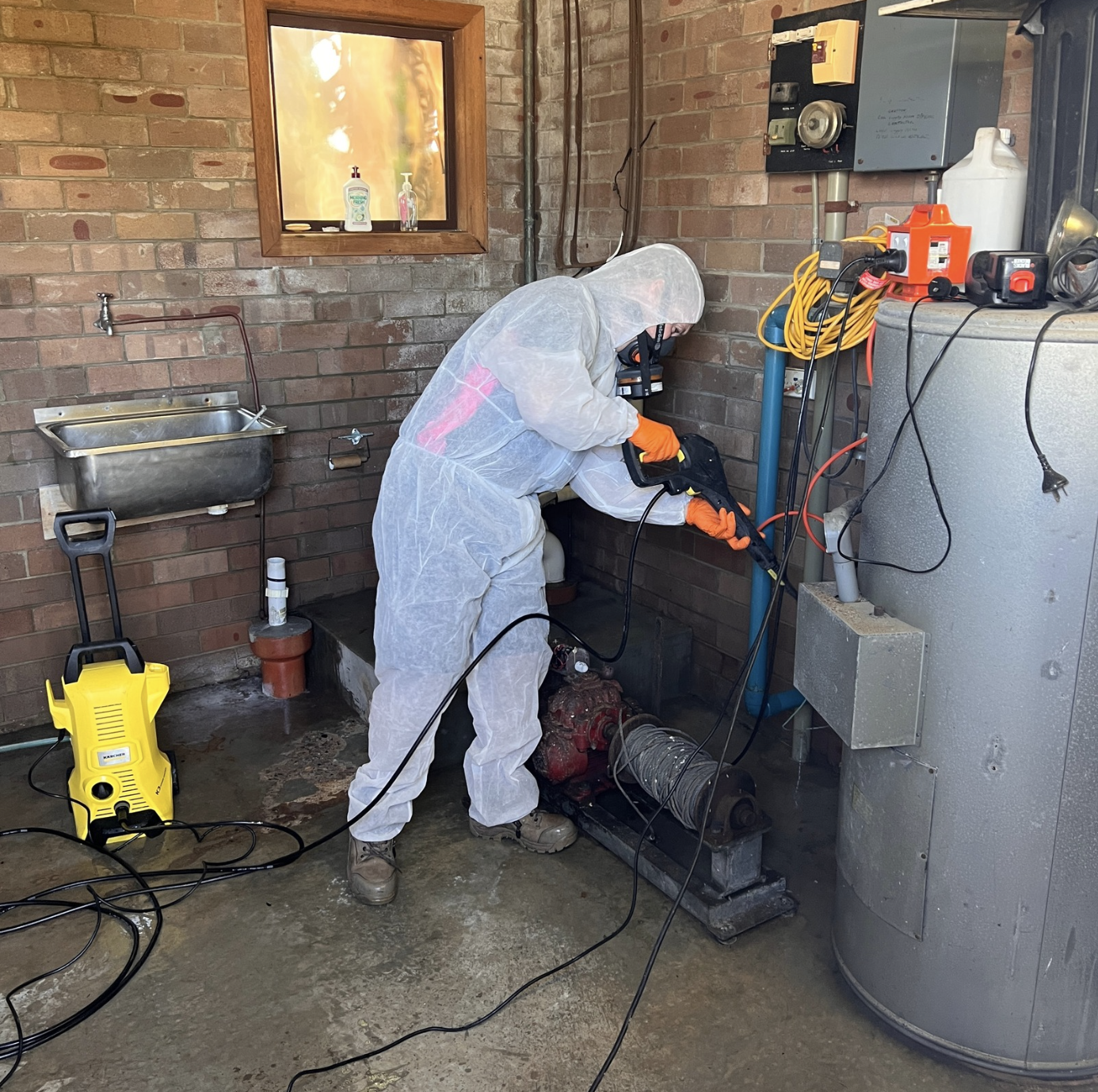
Dealing with a sewerage backflow in your home can be stressful and even dangerous. Sewer water is not just unsightly and smelly—it can contain harmful bacteria, viruses, and other substances that can put your health at risk. That’s why it’s very important to act quickly, safely, and properly.
1. Stay Safe – Watch Out for Electrical Hazards
Before doing anything, make sure the area is safe. Water and electricity are a dangerous mix. If there’s standing water near power outlets, switches, or appliances, do not enter the area. Call a licensed electrician or emergency services for help.
Your safety should always come first. If you’re unsure seek professional advice.
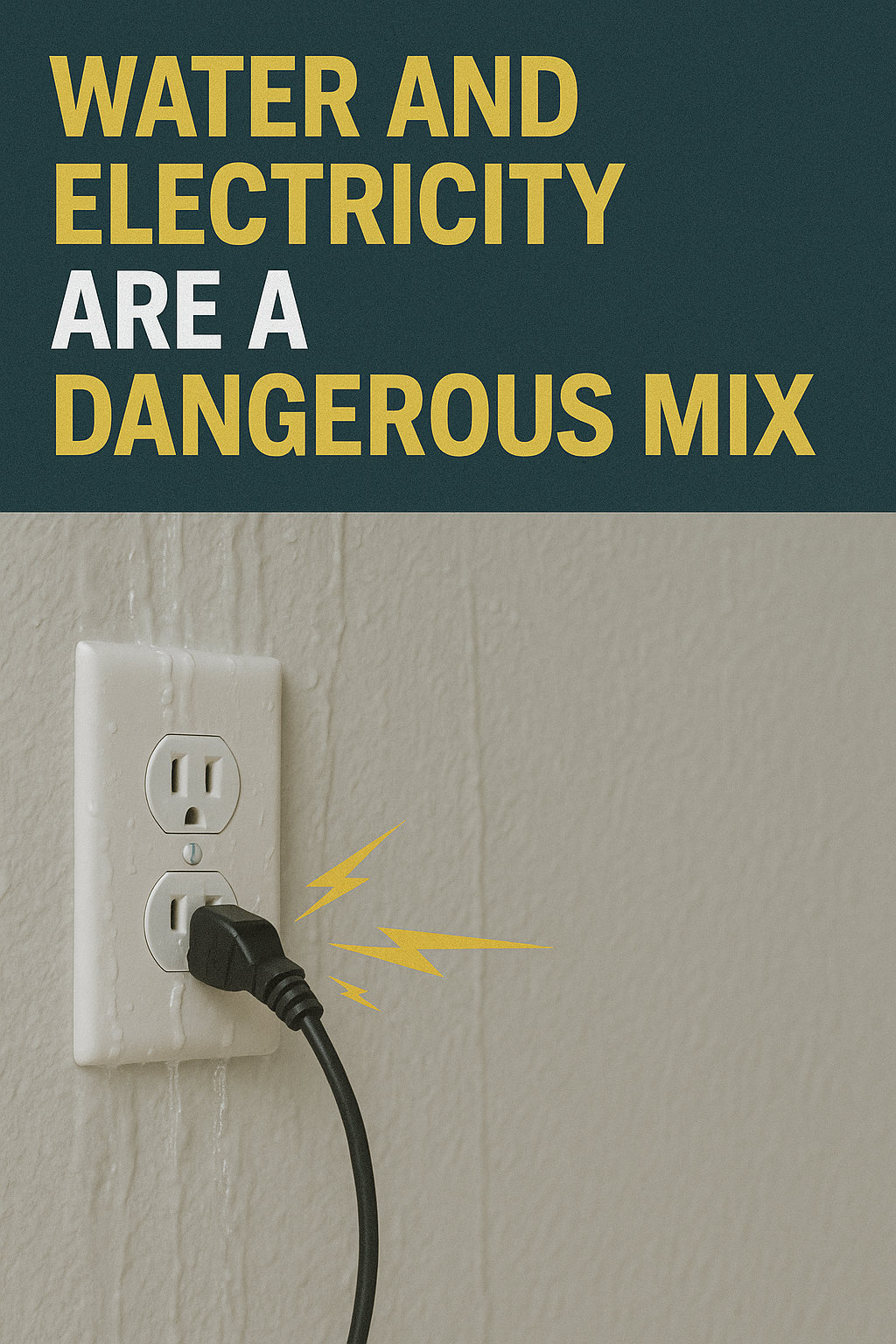
2. Resolve the Backflow Issue
Contact a professional plumber to identify and fix the source of the backflow. It's critical to stop additional sewage from entering your home before cleanup begins.
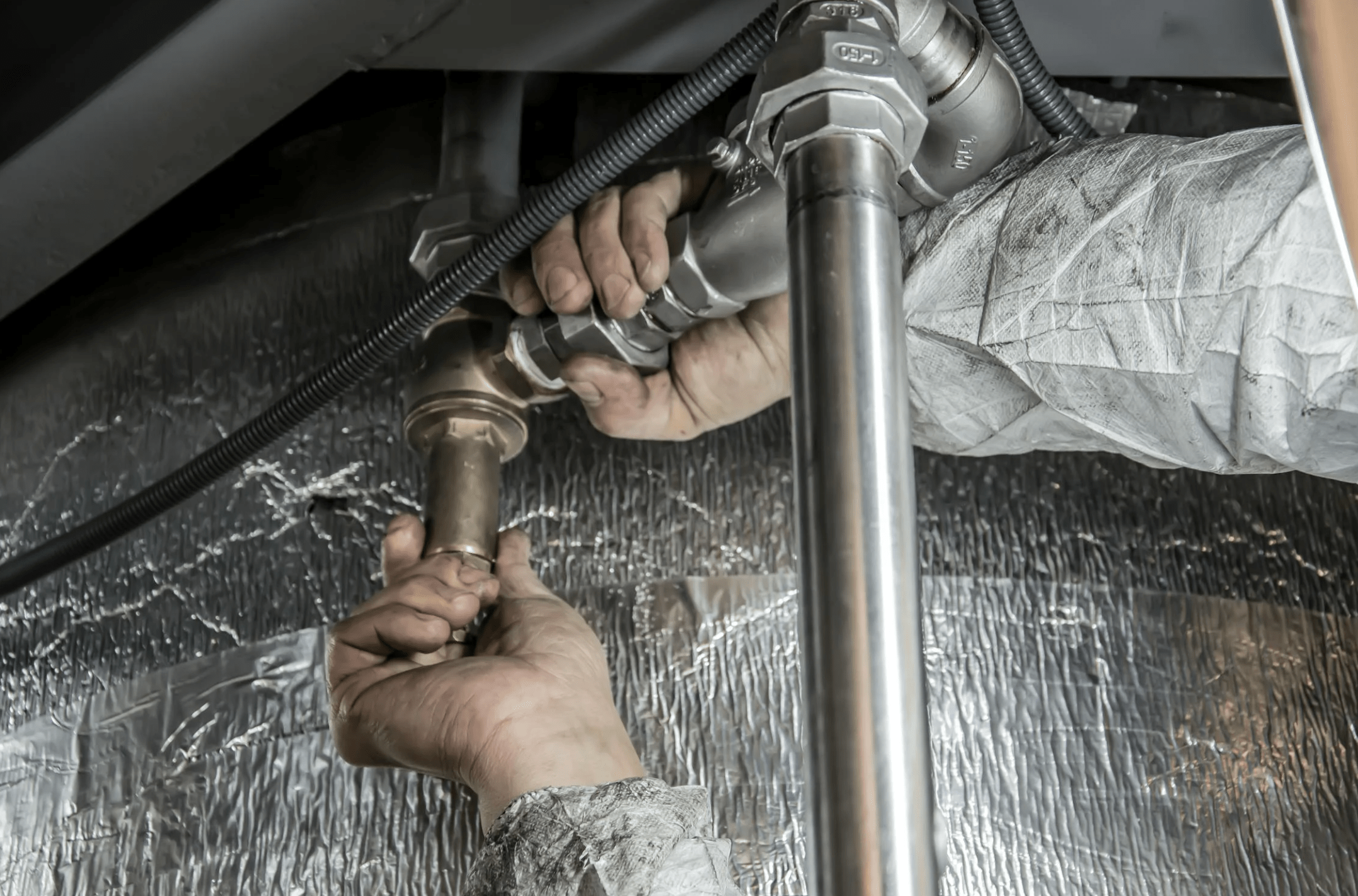
3. Wear Protective Gear
Always wear appropriate PPE (personal protective equipment) including gloves, boots, masks eye protection, and protective clothing. This protects you from bacteria, viruses, and other harmful contaminants.

4. Remove Items That Are Not Contaminated
If you have items or furniture nearby that did not come into contact with the sewer water, move them to a clean and dry area. This prevents them from being damaged or contaminated during the cleaning process.
5. Begin Bulk Cleanup
Use a wet/dry vacuum to remove the bulk of faecal matter and contaminated water. This step is crucial to begin decontaminating the area.
6. Rinse and Vacuum Again
Thoroughly rinse the affected area with clean water and continue using the wet vacuum to extract any remaining organic matter. This helps reduce odours and prepares the surfaces for sanitising.
7. Remove Non-Restorable Materials
Anything that cannot be salvaged—like soaked carpets, insulation, gyprock or porous furniture—should be safely removed and properly thrown away. Leaving them behind can lead to mould, bacteria, and bad smells.
.jpeg)
8. Do a Final Rinse
After removing all waste and damaged items, give the area one final rinse. This helps make sure there is no leftover dirt before you sanitise.
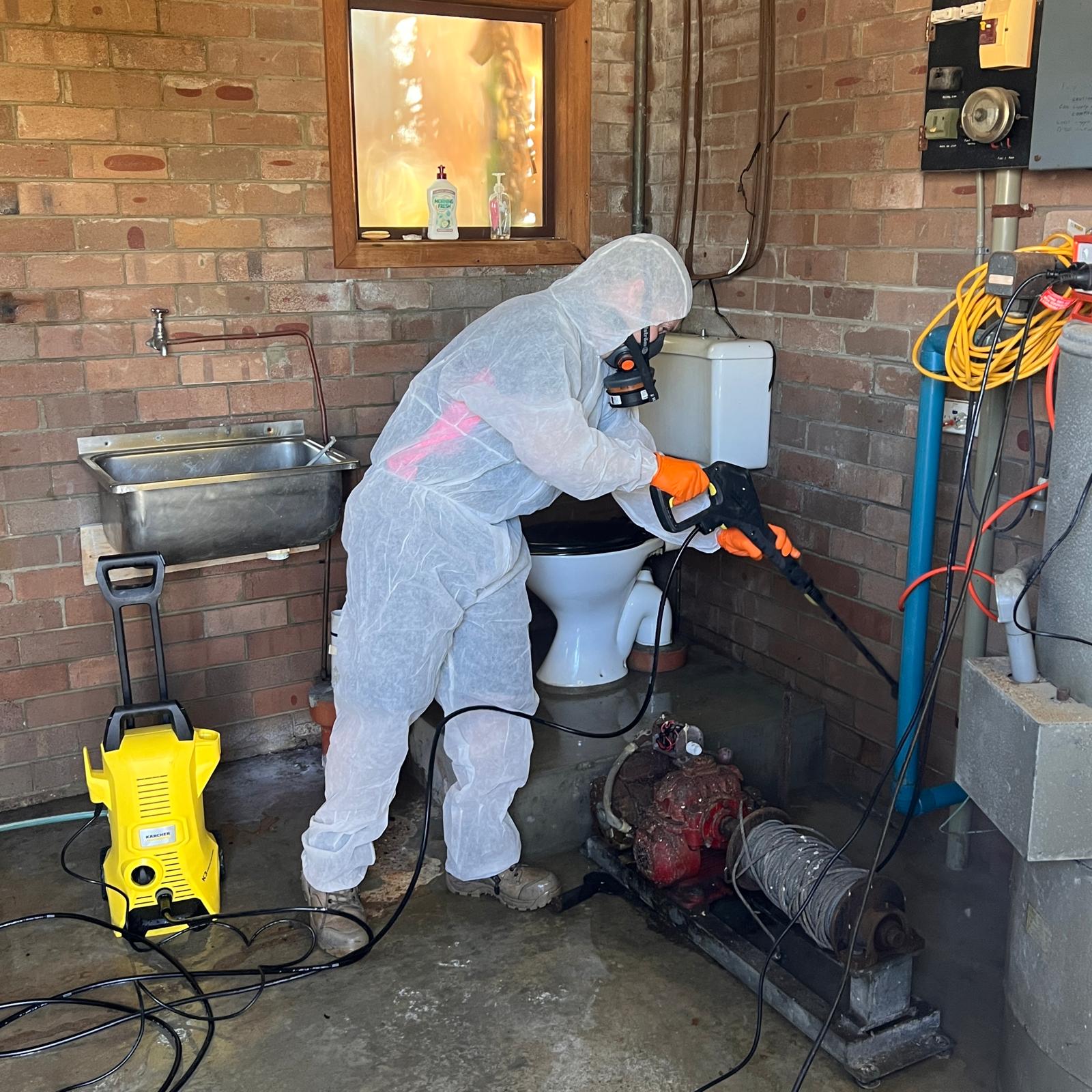
9. Sanitise All Contaminated Areas
Use a commercial grade, disinfectant approved to kill bacteria and viruses, making sure to thoroughly cover all surfaces such as floors, walls, baseboards, and tiled etc, and always follow the product instructions for best results.
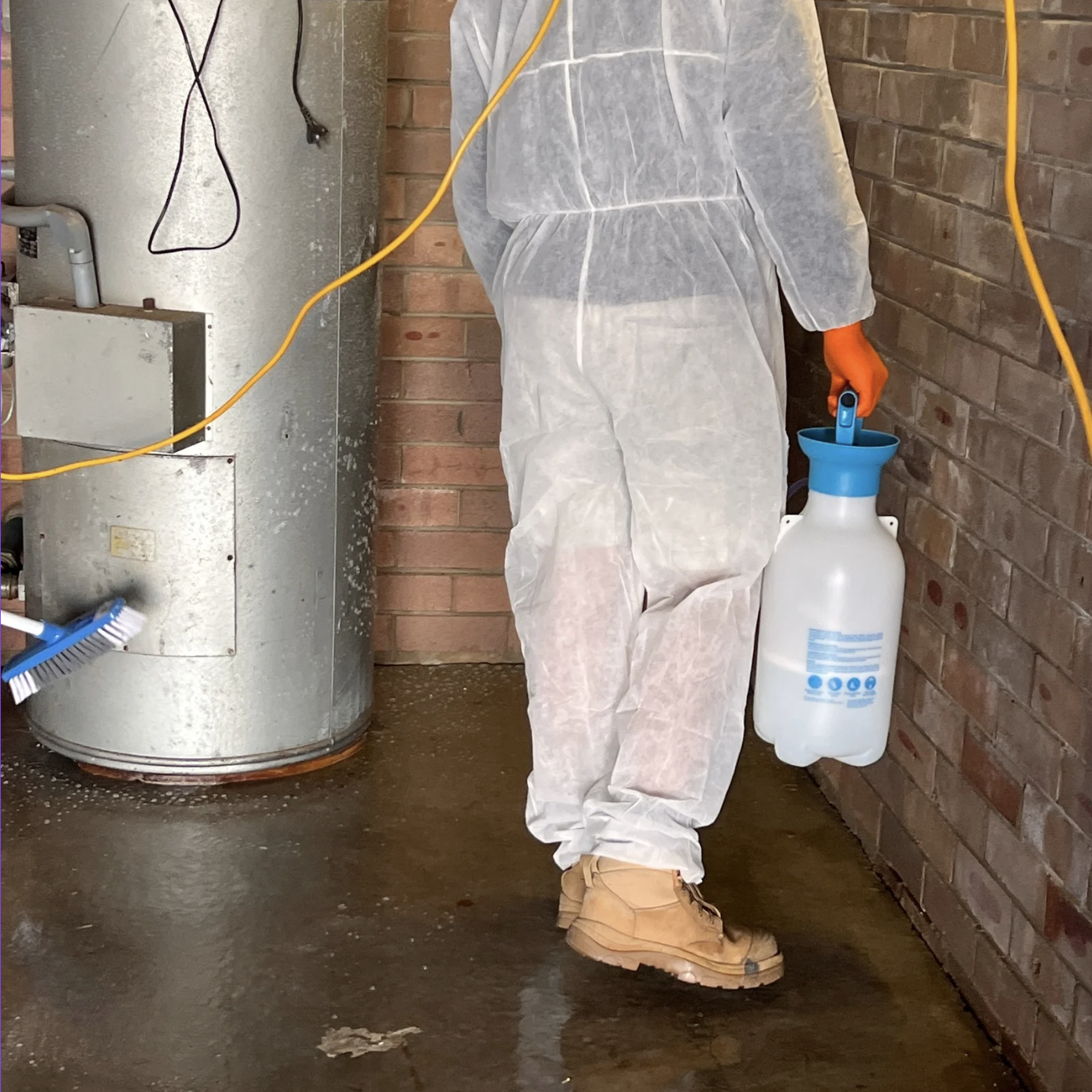
10. Dry the Area Completely
Use air movers fans, dehumidifiers, and open windows to dry the area. It’s important to completely dry everything to prevent mould growth, which can cause more health problems and secondary damage.
.jpeg)
11. Replace and Restore What Was Removed
Once the area is clean and dry, you can begin restoring it. Replace flooring, drywall, furniture, or any other items that were removed during cleanup. Be sure that the space is dry and sanitise before bringing items back in.
Sewerage backflow is a serious issue, but by following these steps, you can handle it safely and effectively. If the job feels too big or risky, don’t hesitate to call a professional water damage restoration company.
Always remember: Protect yourself first, clean up properly, and take steps to prevent it from happening again.


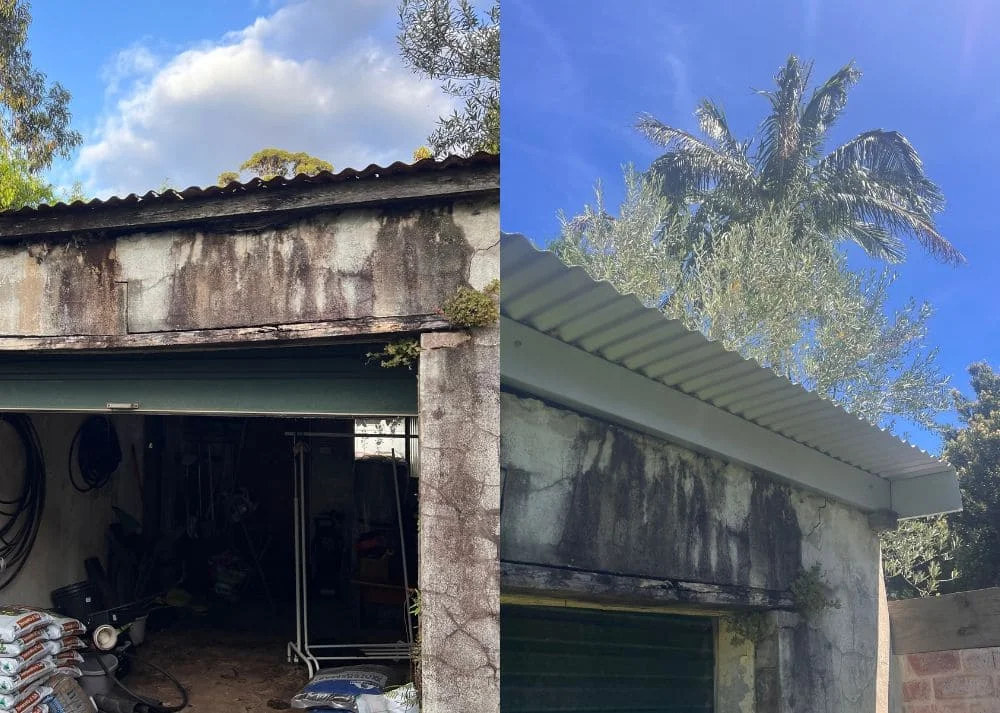
.webp)
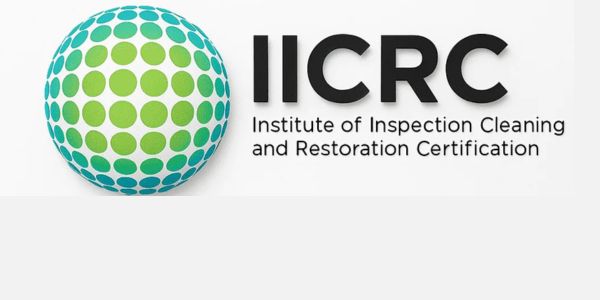




.jpg)





